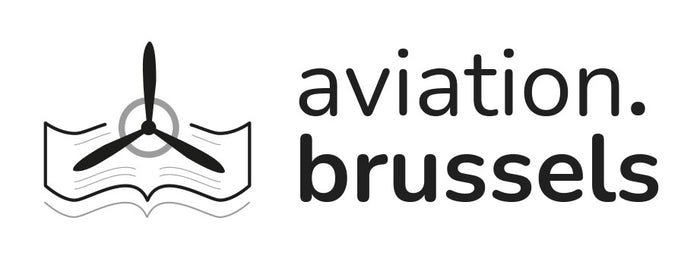AEROSPACE INDUSTRY IN JAPAN, 1981









Prix régulier 30,00 € TTC 6%
Characteristics
| Book cover finish | Offset varnish, Perfect paperback |
| Condition | Used, mint condition |
| Number of pages | 192 |
| Published date | 1981 |
| Language | English |
| Size | 19 x 26 x 1 cm |
| Author | Kozo Hirata |
| Editor | THE SOCIETY OF JAPANESE AEROSPACE COMPANIES, INC. |
Description
History of Japanese Aerospace Industry
The World Level Attained by Pre - war Japanese Aircraft Industry
The aerospace industry in Japan emerged in the 1930's and grew rapidly under the patronage of the army to reach a height of prosperity in the Second World War period when it registered an annual output of about 25,000 aircrafts and 40,000 engines from 12 airframe manufacturers and 7 engine builders with a total of six hundred thousand employees. Thus, the industry ranked among the world - leaders as far as scale was concerned. Development and production were, however, limited to military aircraft with civilian planes being ignored nearly completely. In addition, it was significantly behind international levels in the technology of medium and large sized aircraft. The equipment and parts industry to support the aerospace industry was yet to develop. Thus the industry could not be regarded as a modern one in the strict sense of the Word.
Destruction of Aircraft Industry by the War
With the end of the War in 1945, the research and production of aircraft were totally prohibited, production facilities were designated as reparations and all laboratories were either removed or destroyed. Competent aircraft engineers that had supported the industry were scattered thus destroying totally the aircraft industry of Japan. For seven years following the end of the War, not even one plane was produced domestically while the world's aircraft industry was growing rapidly, shifting from piston - engine planes to jet - engine planes. The technological blank in this period placed Japan at a great disadvantage in her development of an aircraft industry.
Resurrection of the Aerospace Industry
On April 9th, 1952, research and production of aircraft were allowed to be resumed on condition that governmental approval was secured. However, at that time there was no established civil airline nor demand in military aviation to say nothing of general aviation. The industry had to start with repair and maintenance of aircraft of the U.S. armed forces stationed in Japan, but this offered the aircraft industry the chance to acquire advanced technology for use as a basis for subsequent development.
Development of Military Demand
With the establishment of the Self Defense Agency in 1954. the Japanese aircraft industry gradually shifted production towards defence force related demand. Licensed production was started based on technology introduced from the U.S. and the ratio of domestic production was gradually increased. In the course of time, new engineering technology as well as quality control techniques were introduced, improving the organization of development and production of leading aircraft manufacturers. In 1958, the Type T - 1 single engine intermediate jet trainer was successfully developed followed by the development of a four - engine turboprop antisubmarine flying boat in 1967, the Type PS - 1, a twin jet Type C - 1 transport in 1970, and single jet Type T - 2 supersonic high class trainer in 1971.
Advent of Domestically Developed Civil Airplane
In the filed of civil airplanes, the development and production of a twin - engined turboprop, the Type VS - 11 civil transport was taken up as a national project in 1957. This required great efforts from governmental and private sectors since it was the first project on commercial basis. The experience accumulated in this project was of great use in the successful development of a twin - engined turboprop business plane, the MU - 2 in 1964, and of a single engine light piston plane, the FA - 200 in 1967, both being designed throughout for civil applications. ( ... )










